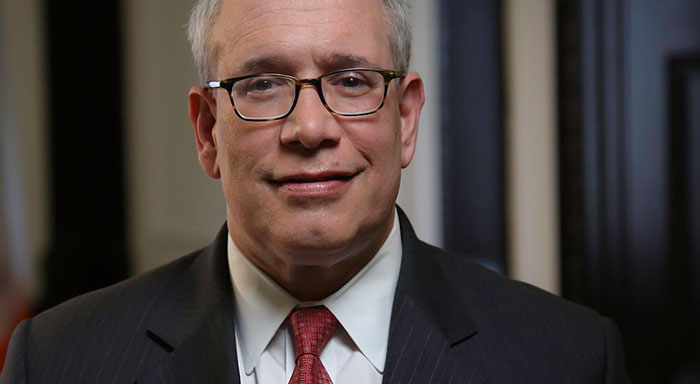File Photo
City Comptroller Scott Stringer
By Michael V. Cusenza
The World’s Borough notched the lowest unemployment rate—3.4 percent—in the city in the second quarter of 2018, according to an economic analysis released on Monday by Comptroller Scott Stringer.
All five boroughs experienced their lowest second-quarter unemployment levels on record, with Manhattan on Queens’ heels at 3.5 percent; Staten Island reporting 3.9 percent; Brooklyn coming in at 4 percent; and the Bronx tallying a 5.3 percent second-quarter unemployment rate. Unemployment in NYC hit a historic low of 4.2 percent in the second quarter as private-sector job growth accelerated, Stringer noted, adding 13,800 new jobs in April, May, and June of 2018. The industries that experienced the biggest job gains were health care and social assistance.
The number of employed city residents increased by 2,400 in Q2 2018 to a record high of 4,049,200. And fewer than half of new private-sector jobs were in lower-wage industries, as high-wage industries added 6,000 new jobs – the biggest gain in the last two years.
Overall, the city’s economy continued to grow moderately during the spring of 2018, as gross city product grew 2.7 percent for the second consecutive quarter, the comptroller said.
According to Stringer’s Quarterly Economic Update, average hourly earnings and personal income tax collections continued to rise. Average hourly earnings of all private NYC employees rose 2.5 percent in Q2 2018, compared to the same period last year, slightly lower than the U.S. growth rate of 2.7 percent. Personal income taxes withheld from paychecks, an indicator of income levels, rose 11.8 percent in Q2 2018 compared to the same time last year – reflecting wage growth as well as a potential bump in one-time bonuses, Stringer explained. And estimated tax payments, which reflect trends in taxpayers’ non-wage income, including interest earned, rental income, and capital gains, grew 5 percent in Q2 2018.
While the average sales price for homes in Brooklyn and Manhattan dipped, the ASP in Queens jumped 7.6 percent to $629,869. However, the number of home sales in Queens, Brooklyn, and Manhattan fell in the second quarter.
According to the comptroller’s report, the city’s leading economic indicators are mostly positive and signaled continued expansion. The current business condition index (which measures the current state of the economy from the perspective of business procurement professionals) fell to 58.6 percent in the second quarter, below 60.3 percent in the prior quarter. However, a reading greater than 50 percent indicates growth, Stringer noted.
“Strong economic growth and thousands of new jobs mean greater opportunity for New Yorkers across the five boroughs. We must take advantage of our city’s strong economy now, and set the foundation for long-term growth that lifts everyone up – that means linking local residents with good-paying local jobs, bold ideas to make housing more affordable, and thinking outside the box on issues from childcare to transportation,” the comptroller said. “These numbers are good signs, but there are risks to the continued expansion. Between rising federal deficits and a possible trade war, it is more important than ever to prepare for the future.”

